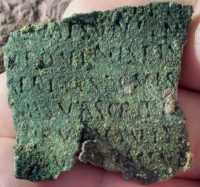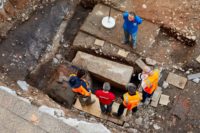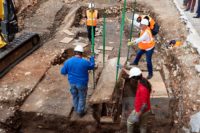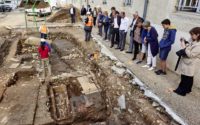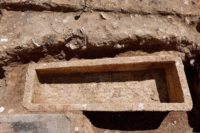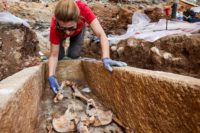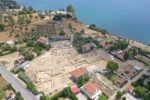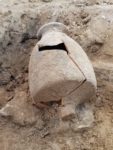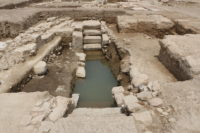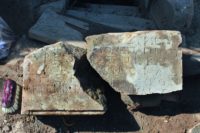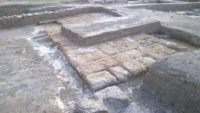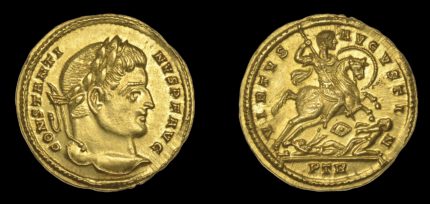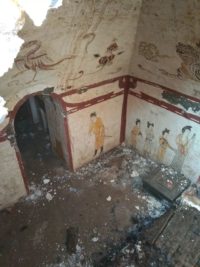 A beautifully decorated intact tomb from the Tang Dynasty (618-907 A.D.) has been discovered in Taiyuan, the capital of Shanxi province, Northern China. The site, formerly the playground of Xiaojingyu Primary School, is being redeveloped into a new sports field. At 8AM on August 16th, one of the workers partially exposed the tomb while digging new foundations. The team caught a glimpse of murals, pottery and a square stone, and alerted the Taiyuan City Cultural Relics and Archaeology Department.
A beautifully decorated intact tomb from the Tang Dynasty (618-907 A.D.) has been discovered in Taiyuan, the capital of Shanxi province, Northern China. The site, formerly the playground of Xiaojingyu Primary School, is being redeveloped into a new sports field. At 8AM on August 16th, one of the workers partially exposed the tomb while digging new foundations. The team caught a glimpse of murals, pottery and a square stone, and alerted the Taiyuan City Cultural Relics and Archaeology Department.
The style of the murals and pottery identify the tomb as dating to the Tang Dynasty, specifically the period known as Sheng Tang, the dynasty’s peak of prosperity between 713 and 766 A.D., almost entirely under the rule of Emperor Xuanzong (r. 712–756). Later periods would look back on this time as a pinnacle of cultural achievement, setting an aspirational standard in art and literature.
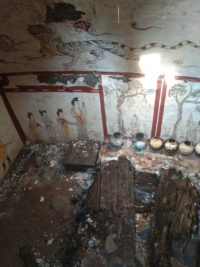 The size and quality of the murals and the engravings on the tombstone indicate the tomb belonged to someone of significant rank, although his or her name and identity has yet to be determined. The mural on the side wall depicts a noble lady followed by three attendants playing instruments and making an offering. The tombstone — the stone square first seen by the construction crew — is placed at her feet.
The size and quality of the murals and the engravings on the tombstone indicate the tomb belonged to someone of significant rank, although his or her name and identity has yet to be determined. The mural on the side wall depicts a noble lady followed by three attendants playing instruments and making an offering. The tombstone — the stone square first seen by the construction crew — is placed at her feet.
It seems there is also a second tomb next to this one, visible through the 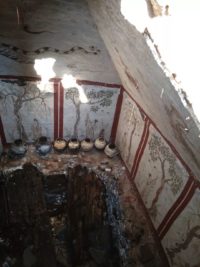 exposed corner. Further construction has been put on hold for now, but excavations cannot commence immediately because of the proximity of the school buildings. The city and the school will hold talks to determine how to proceed. Given the apparent size of the tomb, it’s possible the school building itself would have to be demolished in order to excavate beneath it, which means the students would have to relocate before the tombs can be safely explored.
exposed corner. Further construction has been put on hold for now, but excavations cannot commence immediately because of the proximity of the school buildings. The city and the school will hold talks to determine how to proceed. Given the apparent size of the tomb, it’s possible the school building itself would have to be demolished in order to excavate beneath it, which means the students would have to relocate before the tombs can be safely explored.
